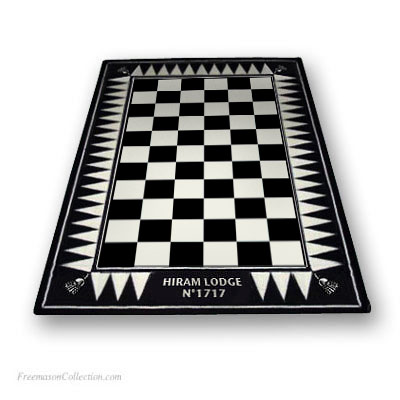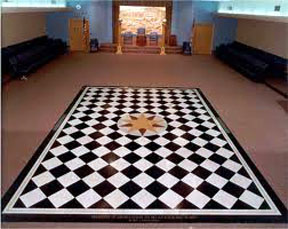Roy_
Registered User
I just used Google translator because I didn't know the English equivalent. I have that more often 
Google has "tessallated" as 'mosaiced', but that is not what I tried to translate. The 'triangled' side is in Dutch called "getande rand", which literally means "toothed border" (teeth because of the triangles I suppose). The outside of the checkered floor where the squares are cut in half. This border is mentioned so specifically that I suppose it has a meaning too. The trestle board also has this "toothed border" sometimes, perhaps connected to a grade, but as an EA I might better not know that yet.
Google has "tessallated" as 'mosaiced', but that is not what I tried to translate. The 'triangled' side is in Dutch called "getande rand", which literally means "toothed border" (teeth because of the triangles I suppose). The outside of the checkered floor where the squares are cut in half. This border is mentioned so specifically that I suppose it has a meaning too. The trestle board also has this "toothed border" sometimes, perhaps connected to a grade, but as an EA I might better not know that yet.


